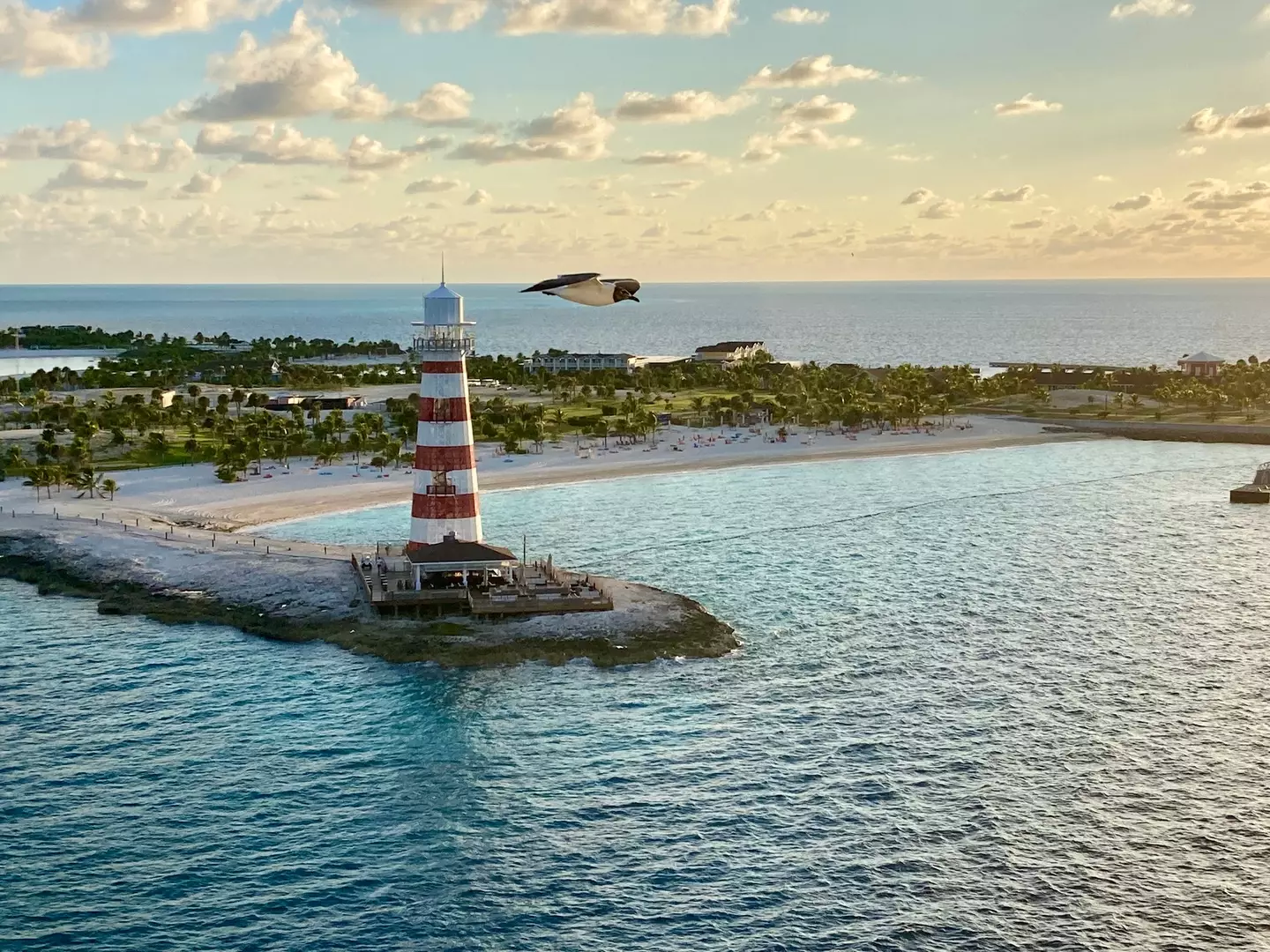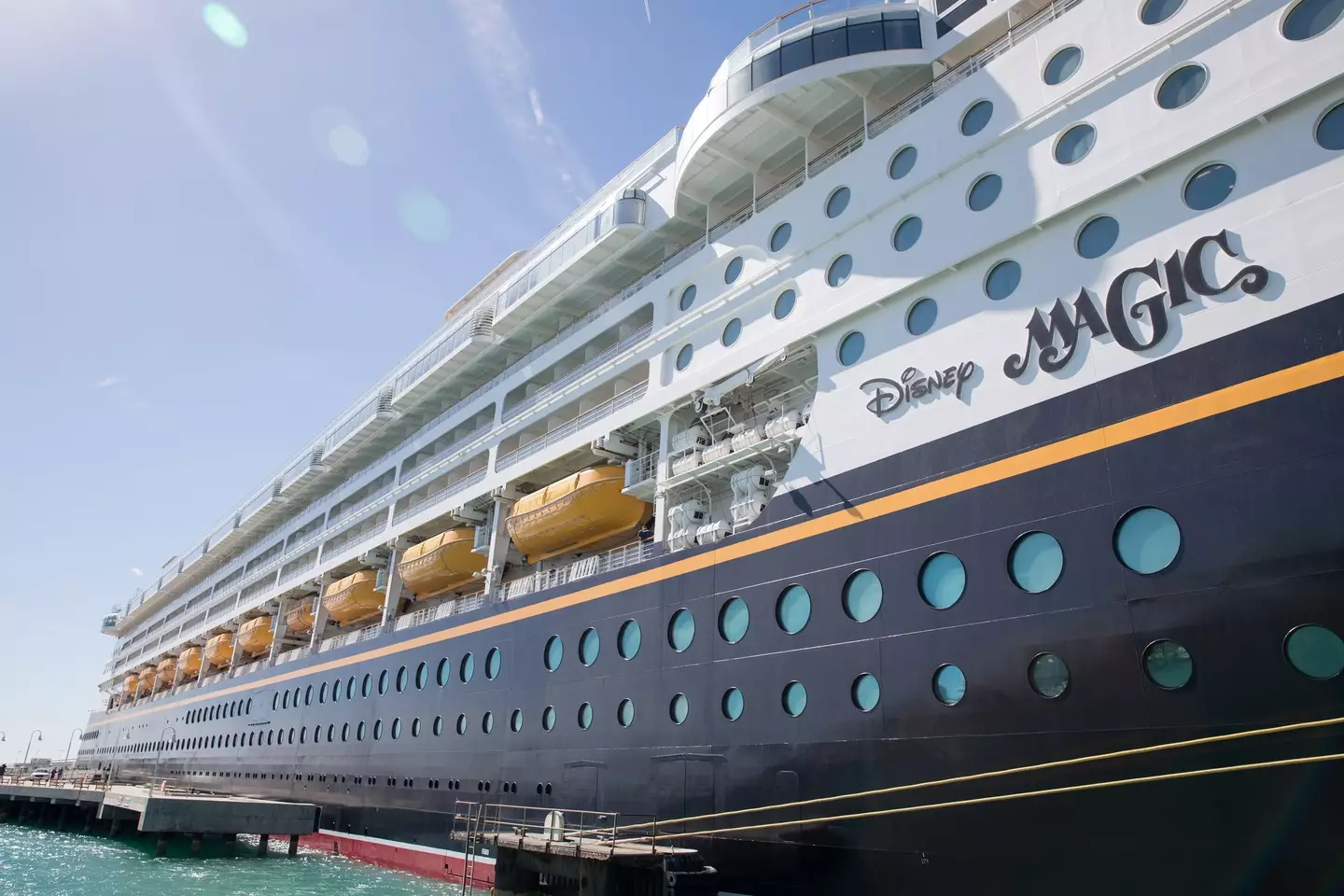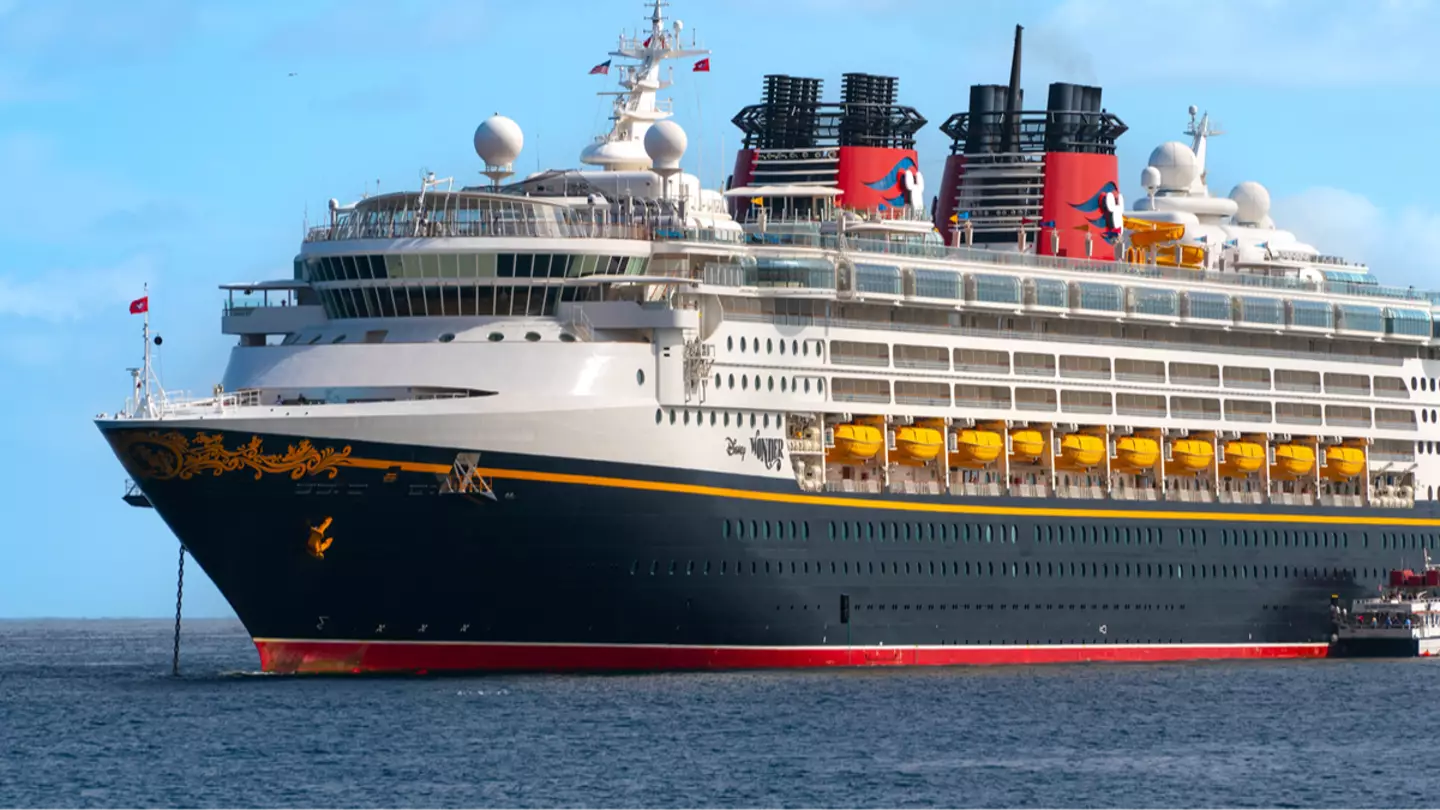When an individual falls overboard on a cruise ship, there are specific procedures that come into play. Despite the fact that all vacations come with their share of risks, the idea of plummeting from a cruise liner is particularly terrifying.
Unfortunately, this scenario recently occurred on a Disney Dream Cruise returning from the Bahamas to Florida. During the journey back to Fort Lauderdale, a child fell overboard and her father quickly leapt in after her in an attempt to rescue her.
Passengers on the cruise took to social media to share that they heard the emergency ‘man overboard’ announcement and witnessed the crew’s swift action. Thankfully, both individuals were successfully rescued, although it was certainly a harrowing ordeal for everyone involved.
A representative from Disney Cruise Line told The Street: “The crew aboard the Disney Dream swiftly rescued two guests from the water.”

“We commend our crew members for their exceptional skills and prompt actions, which ensured the safe return of both guests to the ship within minutes. We are committed to the safety and well-being of our guests, and this incident highlights the effectiveness of our safety protocols.”
Between 2009 and 2019, there were 212 incidents of individuals going overboard on cruise ships; however, only 48 of those individuals were rescued, meaning the majority did not survive.
Nevertheless, the likelihood of falling from a cruise is extremely low. According to the Cruise Lines International Association, the odds stand at approximately 0.00004 percent, so passengers shouldn’t be overly concerned.
Here’s an outline of the procedures that are followed when someone goes overboard on a cruise ship, and what should be done in such an event.
When a person falls overboard, the first step is to alert the bridge with a ‘man overboard’ signal.
The bridge crew then communicates ‘Code Oscar’ across the ship’s public address system to initiate rescue operations.
Anyone who witnesses the fall should report it immediately, providing detailed information such as the location of the incident, a description of what the person was wearing, and the exact timing of the event.
These crucial details enable the crew to locate the individual more swiftly, as every second is critical in such a dangerous situation.
To most passengers, hearing ‘Code Oscar’ will cause alarm and confusion, leading them to search for its meaning and check on their family and friends.

Once the bridge receives a ‘man overboard’ report, they document the ship’s location and as much detail as possible about the fall.
Maneuvering a large vessel to safely stop and turn back requires time, making precise location data vital to constrict the search area.
With the incident’s coordinates noted, the ship reverses course at the fastest safe speed.
Other nearby ships in the fleet are notified and adjust their routes to assist. The crew launches life rafts and rescue boats into the water while lookouts monitor from the ship’s decks.
Concurrently, officers and trained staff provide emotional support to the companions of the overboard passenger.
Family and friends are often offered the choice to disembark at the next port, regardless of the search’s outcome, to be with loved ones onshore.
The unified response by the crew, detailed reporting by witnesses, and coordinated efforts with other ships and rescue boats maximize the chance of a successful recovery.

